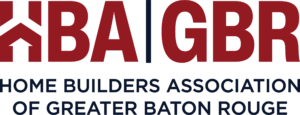As demand continues to be driven by low mortgage rates and a suburban shift for home-buying preference, existing home sales, as reported by the National Association of Realtors (NAR), ticked up in December and the annual sales tally reached the highest level since 2006. But surging house prices and inventory shortage could limit demand and slow the market. Total existing… Read More ›
Earlier we published a post highlighting lower operating costs per dollar value for new homes. This post takes the analysis a step further and shows that home buyers can afford to pay a 36% premium for a new single-family detached house, compared to the one built before 1960, simply because it is new and has lower operating and maintenance costs…. Read More ›
The Biden administration has implemented a regulatory freeze for all pending regulations. Of note to the housing community, this action means that the U.S. Department of Labor’s final independent contractor rule that was put forth in the waning days of the Trump administration, and scheduled to go into effect on March 8, is likely to face a delay.








